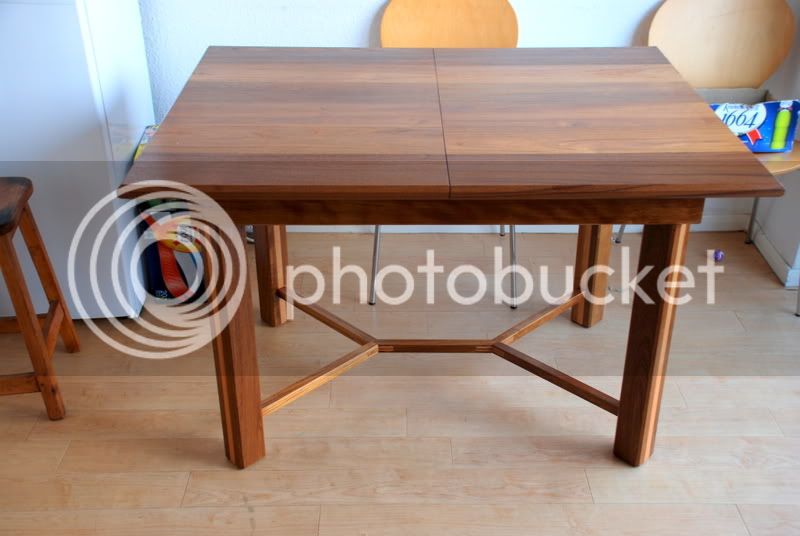I sort of know the answer but would just like some confirmation.
I am making a table out of oak, the table top will be 2 1/2 wide strips tongue and groove fitting. This will be surrounded with a frame i suppose. When i glus this up i was just going to glue the joints of the frame not the tongue and groove strips.
My feeling is that to have all the joint glued it will pull itself apart. I have hear of letting the wood come and go, expand and contract. Is this right.
Hope this makes sense.
I am making a table out of oak, the table top will be 2 1/2 wide strips tongue and groove fitting. This will be surrounded with a frame i suppose. When i glus this up i was just going to glue the joints of the frame not the tongue and groove strips.
My feeling is that to have all the joint glued it will pull itself apart. I have hear of letting the wood come and go, expand and contract. Is this right.
Hope this makes sense.





